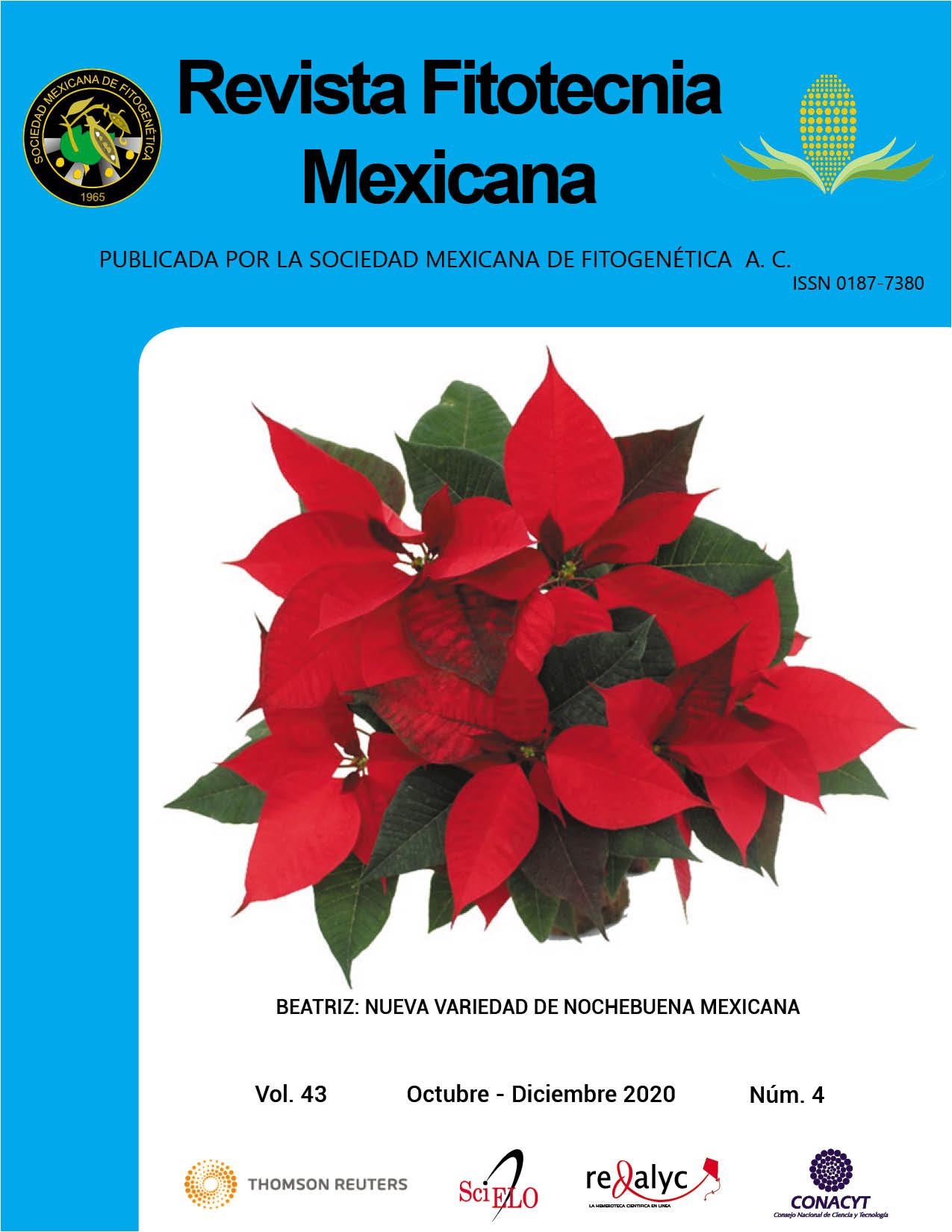CAPACIDAD ANTIOXIDANTE Y CONTENIDO FENÓLICO DE MIEL DE ABEJA PRODUCIDA EN ZACATECAS, MÉXICO
Main Article Content
Abstract
Bee honey has been used since ancient times due to its good nutritional and therapeutic properties. It is produced worldwide and plays an important role as an antioxidant, anti-inflammatory and antibacterial agent; it also increases the adherence of skin grafts and the process of wound healing. The relationship between the consumption of certain foods and health derives from the presence of a series of nutrients in these foods, as well as other non-nutritive elements, yet with a key role in the prevention of certain diseases. Polyphenols are bioactive compounds found in food that contribute to improving various physiological activities, playing an antimicrobial role, with anti-inflammatory, antitumor, and anticancer effects. The objective of this research was to determine the antioxidant activity and total phenolic content of bee honey produced in Zacatecas, Mexico. Four varieties of bee honey [multiflora, mezquite (Prosopis laevigata), gatuño flower (Mimosa spp.), and creamy gatuño flower (Mimosa spp.)] were analyzed in terms of antioxidant capacity (methods ABTS•+, DPPH and FRAP) and the total phenolic content (Folin-Ciocalteau method) by two extraction procedures (methanolic and water extraction). Data were submitted to one-way analysis of variance. Statistically significant differences (P ≤ 0.05) were found among the samples in terms of the total phenolic content, pH, ° Brix and water content, as well as in antioxidant capacity through the ABTS•+ and FRAP methods. Methanolic extraction showed the highest total phenolic content (144 mg of GAE 100 g-1), while the water extraction showed the highest antioxidant capacity when analyzed through the DPPH method (1118.3 μmol equivalents of Trolox 100 g-1).

